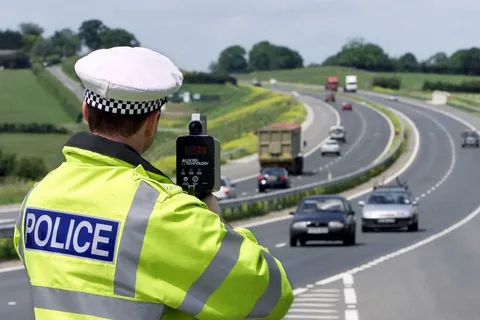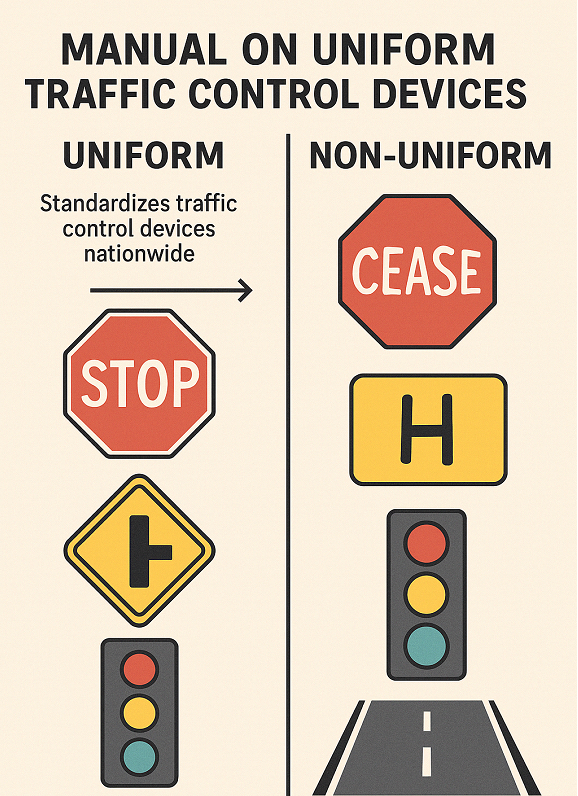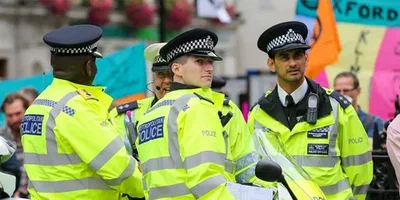
The uniformity of traffic control devices plays a central role in roadway safety and traffic management. Without consistency in how devices appear and function, road users would face uncertainty and unpredictability.
Uniform traffic control devices help drivers recognize and interpret instructions quickly. When signs and signals follow standard formats for color, shape, and symbols, drivers do not need to relearn meanings for each location. Familiarity enables faster and more accurate decision-making. For example, a red octagonal sign always indicates the need to stop, while a yellow diamond-shaped sign always provides a warning. This predictability improves reaction time and situational awareness.


The MUTCD establishes national standards for the design, application, and placement of traffic control devices. It provides detailed specifications for colors, shapes, fonts, and symbols. It also outlines when and where certain devices should be used. State and local agencies follow the MUTCD to ensure their roadways align with federal expectations. Some states adopt the MUTCD in full, while others create state-specific versions that are consistent with federal rules.


Local customization must still adhere to MUTCD principles. Supplemental signs should not conflict with or contradict standard messages. If new devices are tested, they typically go through an experimental process approved by transportation authorities to ensure they do not compromise safety or clarity.
Some jurisdictions have installed traffic signals that vary in color arrangement or flashing patterns. These deviations can cause hesitation or incorrect responses. In pedestrian areas, nonstandard crossing signals may result in pedestrians misjudging when it is safe to cross.


Uniformity of traffic control devices refers to the consistent use of signs, signals, and pavement markings to manage road users. It supports safety, comprehension, and efficiency by ensuring that messages are delivered in a predictable and recognizable manner. The MUTCD provides the framework for achieving this consistency across all jurisdictions.

I provide attorneys and insurance adjusters in Mesa, AZ with the technical expertise they need in cases involving traffic accidents, roadway design, and traffic control.